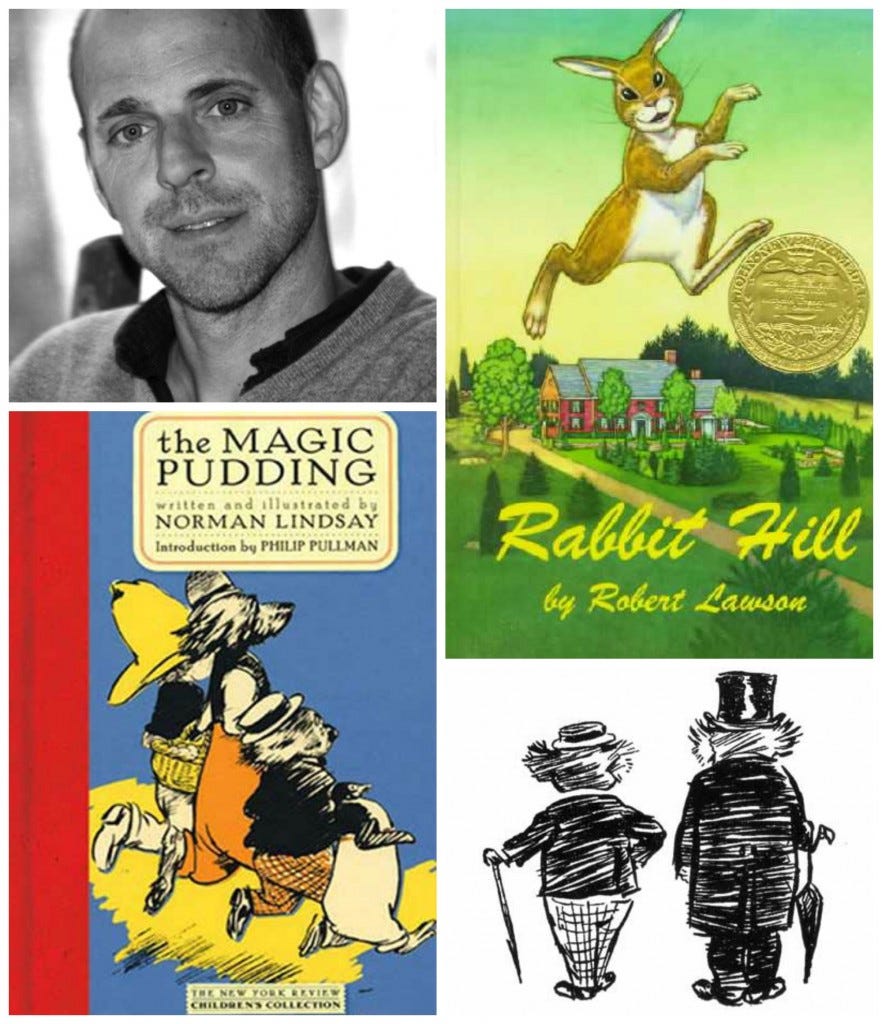Summer Reading Series: Michael Paterniti

Our next guest in the DALS Summer Reading Series is Michael Paterniti, a man who needs no introduction (and not only because we just introduced him last month). Besides being the father of three voracious readers, he is the author of the New York Times bestseller The Telling Room: A Tale of Love, Revenge, Betrayal, and the World's Greatest Piece of Chee…




